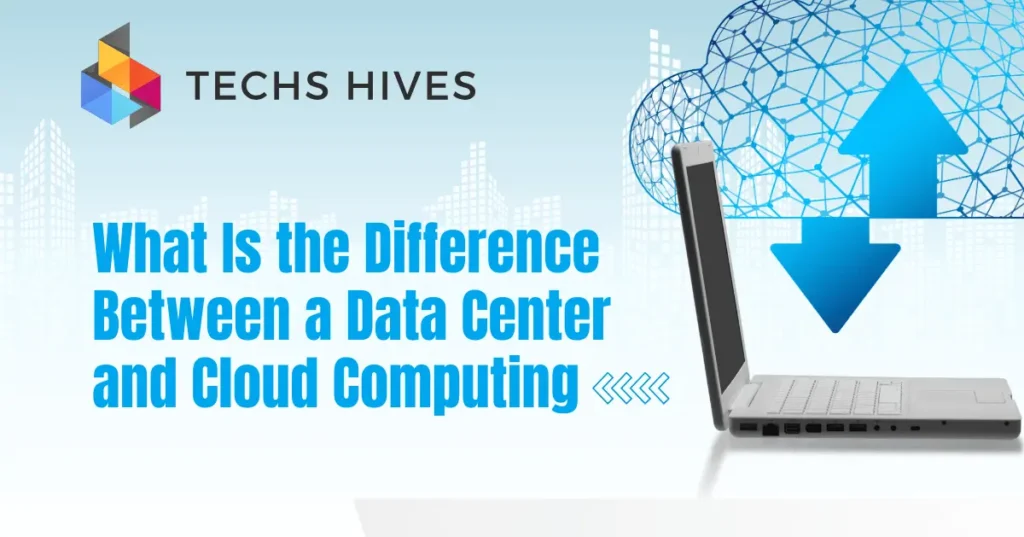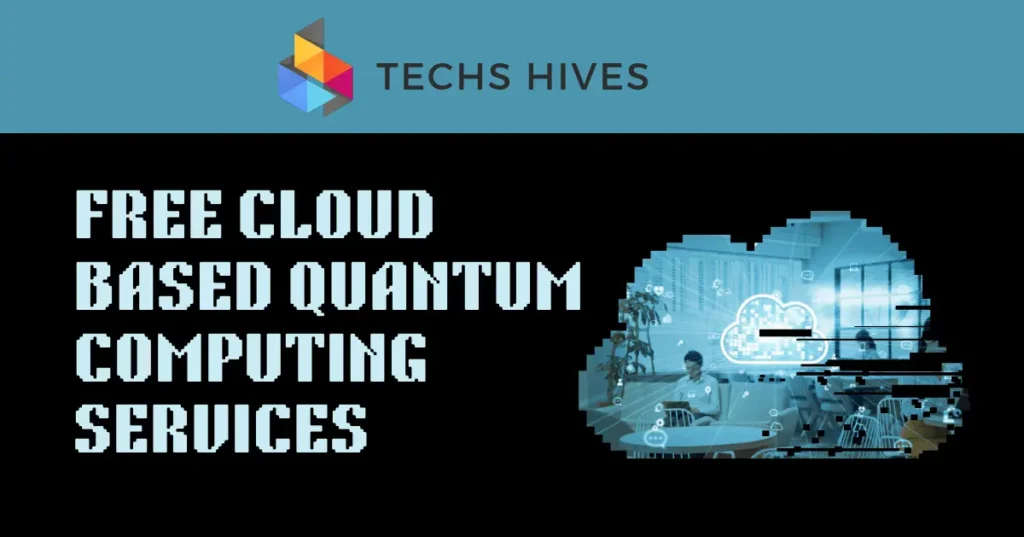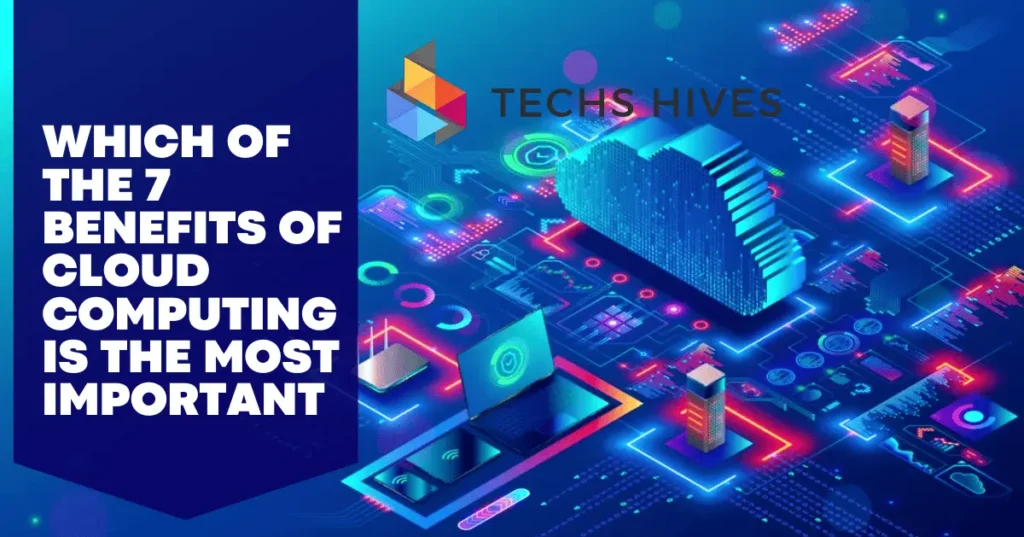Data centers are physical facilities used to store computer systems and data. They contain servers, storage devices, and networking equipment. Companies use data centers to manage their IT infrastructure. This setup helps them handle large amounts of data securely. Data centers can be owned by a single company or shared among multiple businesses.
Cloud computing allows users to access computing resources over the internet. Instead of storing data on local servers, users can store it in the cloud. This means they can access their data from anywhere with an internet connection. Cloud services offer flexibility and scalability. Companies can easily adjust their resources based on their needs.
Table of Contents
Data Center
A data center is a dedicated facility for housing computer systems, including servers, storage devices, and networking equipment. These centers manage and process large volumes of data, providing a controlled environment that ensures optimal performance, security, and reliability. They are equipped with cooling systems, backup power supplies, and fire suppression systems to protect sensitive equipment and maintain uptime.
Data centers can be owned by a single organization or shared among multiple companies. This flexibility allows businesses to choose the best model for their needs, such as on-premises data centers for greater control or colocation for reduced operational burdens.
Investing in a data center requires significant resources for infrastructure, maintenance, and staffing. Organizations must ensure compliance with industry standards to protect sensitive information, implementing strict security measures to safeguard against unauthorized access and data breaches.
Cloud Computing
Cloud computing allows users to access computing resources over the internet instead of relying on local servers. This technology enables individuals and businesses to store and manage data remotely, offering the flexibility to access information from anywhere with an internet connection. Users can benefit from various cloud services, including storage, software, and platforms, which are typically offered on a pay-as-you-go basis.
One of the main advantages of cloud computing is scalability. Businesses can easily adjust their resources based on current needs, adding or reducing capacity without significant investment in physical infrastructure. This makes it cost-effective, as organizations only pay for what they use, reducing the need for upfront capital expenditures.
Cloud computing also enhances collaboration by allowing multiple users to work on projects simultaneously from different locations. Security measures in cloud services, such as encryption and access controls, help protect sensitive data.
Key Differences Between Data Centers and Cloud Computing
Infrastructure and Deployment
Data centers are physical facilities that house servers and networking equipment. They require a significant upfront investment in hardware and infrastructure. In contrast, cloud computing relies on virtual resources that are accessed over the internet. Users do not need to invest in physical hardware; instead, they rent resources from cloud service providers.
Scalability
Data centers have fixed capacities and may require additional hardware for scaling. This process can be time-consuming and costly. On the other hand, cloud computing offers on-demand scalability. Businesses can quickly increase or decrease their resources based on current needs, making it more flexible.
Cost Structure
Operating a data center involves ongoing costs for maintenance, power, and staffing. Companies must budget for these fixed expenses. In contrast, cloud computing operates on a pay-as-you-go model. Users pay only for the resources they use, which can lead to lower costs for many businesses.
Maintenance and Management
Data centers require in-house IT staff to manage and maintain the infrastructure. This can increase operational complexity. Cloud computing, however, shifts the maintenance responsibility to the cloud provider. This allows businesses to focus more on their core operations while relying on the provider for updates and security.
Advantages of Data Centers
1. Security and Control
Data centers provide enhanced security measures to protect sensitive information. Organizations can implement physical security protocols, such as access controls and surveillance, to safeguard their data. Additionally, they have full control over their IT infrastructure, allowing for tailored security configurations that meet specific regulatory requirements.
2. Customization Options
Data centers offer a high degree of customization. Companies can configure their hardware and software environments to meet unique business needs. This flexibility allows organizations to optimize performance and resource allocation, ensuring that their systems run efficiently.
3. High Performance and Reliability
Data centers are designed for high performance and reliability. With dedicated hardware and optimized environments, they can handle demanding applications and workloads. They also have robust backup and disaster recovery systems in place, minimizing downtime and ensuring business continuity.
4. Compliance and Regulatory Support
Many industries have strict compliance and regulatory standards. Data centers can be built and operated to meet these requirements, helping organizations avoid legal issues. This compliance support is particularly beneficial for sectors like finance and healthcare, where data security and privacy are paramount.
5. Long-Term Cost Efficiency
While the initial investment in a data center can be significant, it can lead to long-term cost savings. Organizations that require consistent and high-volume data processing may find that operating their data center is more cost-effective than using cloud services over time. This is especially true for businesses with predictable workloads.
Advantages of Cloud Computing
Here are the benefits of cloud computing which can be comparable with each other.
1. Flexibility and Accessibility
Cloud computing allows users to access their data and applications from anywhere with an internet connection. This flexibility enables remote work and collaboration, making it easier for teams to communicate and share information in real time. Users can also scale their resources up or down based on changing needs without significant delays.
2. Cost Efficiency
Cloud computing operates on a pay-as-you-go model, meaning businesses only pay for the resources they actually use. This reduces the need for substantial upfront investments in hardware and infrastructure. Companies can save money on maintenance, power, and staffing, allowing them to allocate resources more effectively.
3. Automatic Updates and Maintenance
Cloud service providers handle all software updates, security patches, and maintenance tasks. This reduces the burden on in-house IT teams, allowing them to focus on strategic initiatives rather than routine maintenance. Users benefit from the latest technology without additional costs or downtime.
4. Enhanced Collaboration
Cloud computing facilitates better collaboration among team members. Multiple users can work on the same project simultaneously, regardless of their physical location. This real-time collaboration improves productivity and fosters innovation, as teams can share ideas and resources more easily.
5. Robust Security Measures
Cloud providers invest heavily in security technologies and practices. They often offer advanced security features, such as encryption, access controls, and regular security audits. While concerns about data security exist, cloud computing can provide a level of protection that many organizations may find challenging to achieve on their own.
Conclusion
Data centers and cloud computing serve different purposes but both play important roles in managing IT resources. Data centers provide physical infrastructure and control over hardware, making them suitable for organizations with strict security needs. They offer customization and reliability but require significant investment and maintenance.
On the other hand, cloud computing provides flexibility and cost efficiency. Businesses can easily scale their resources and access data from anywhere. The pay-as-you-go model reduces upfront costs, making it an attractive option for many organizations.



